Worm Care & Bin Setup
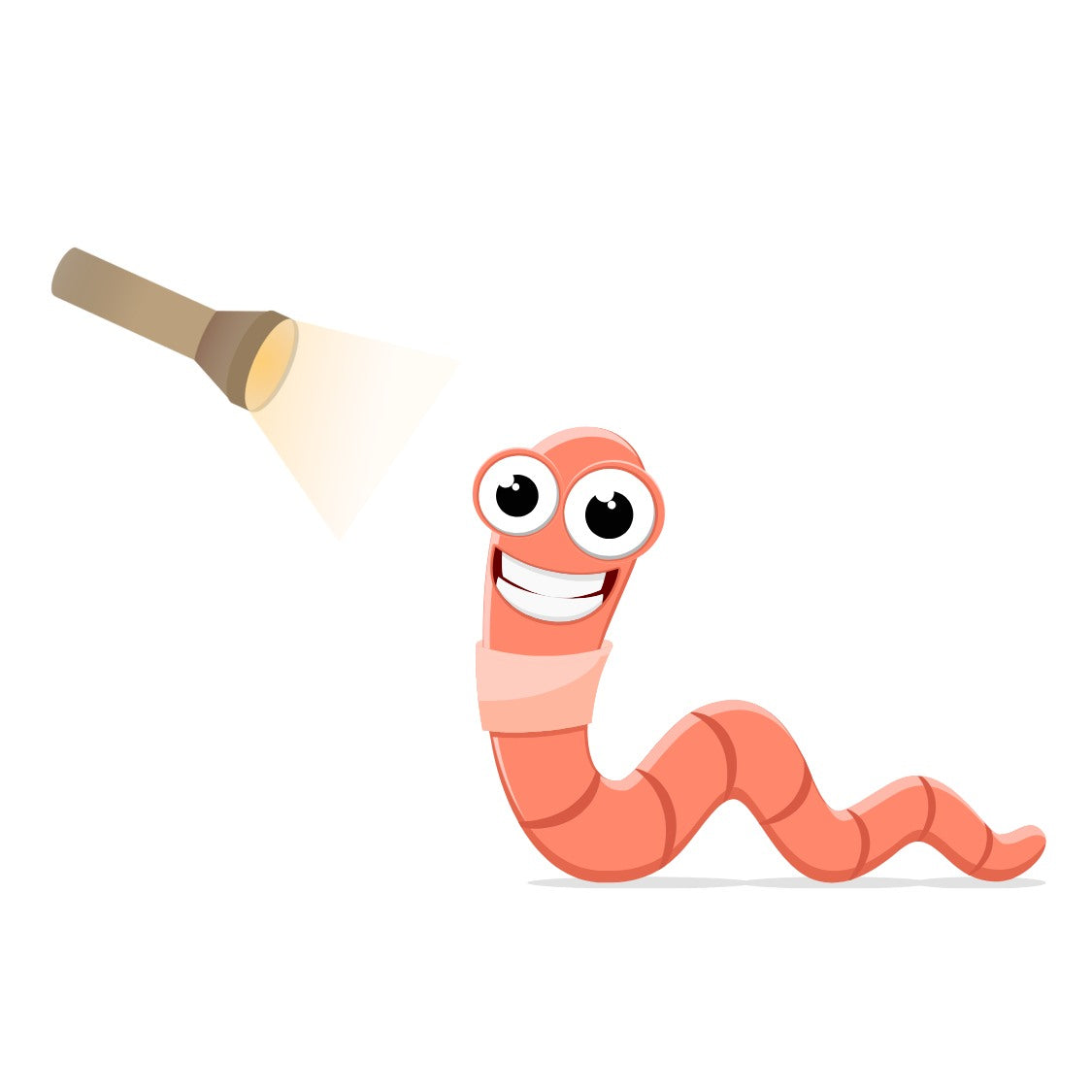
Protect your worms from light and pests.
A secure lid helps prevent worm escape, blocks out light (which worms dislike), and keeps flies or other pests from entering your worm bin.
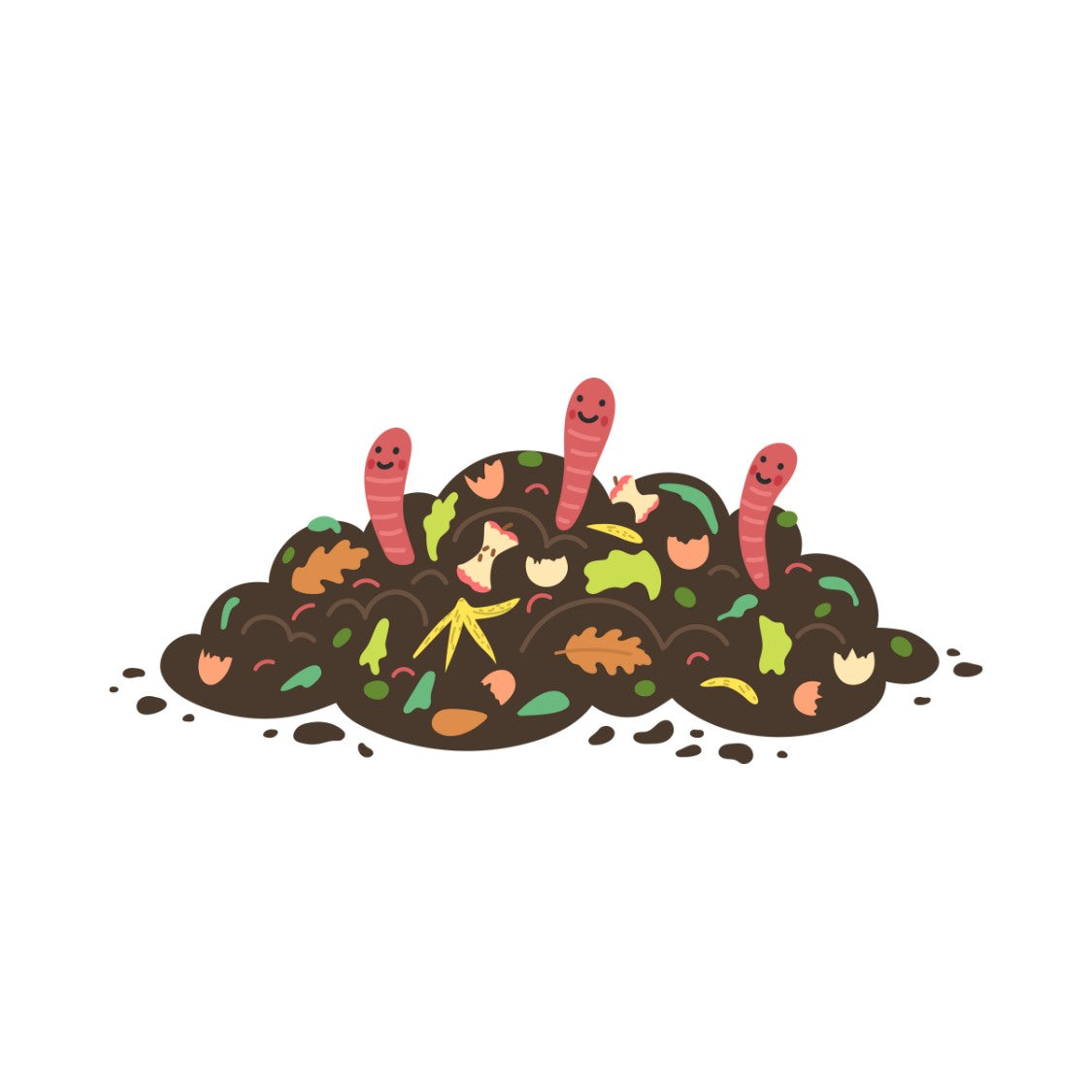
Worms need a moist habitat to thrive.
Keep bedding damp like a wrung-out sponge. Add water slowly if it dries out. A top layer of damp newspaper or coffee filters helps seal in moisture.
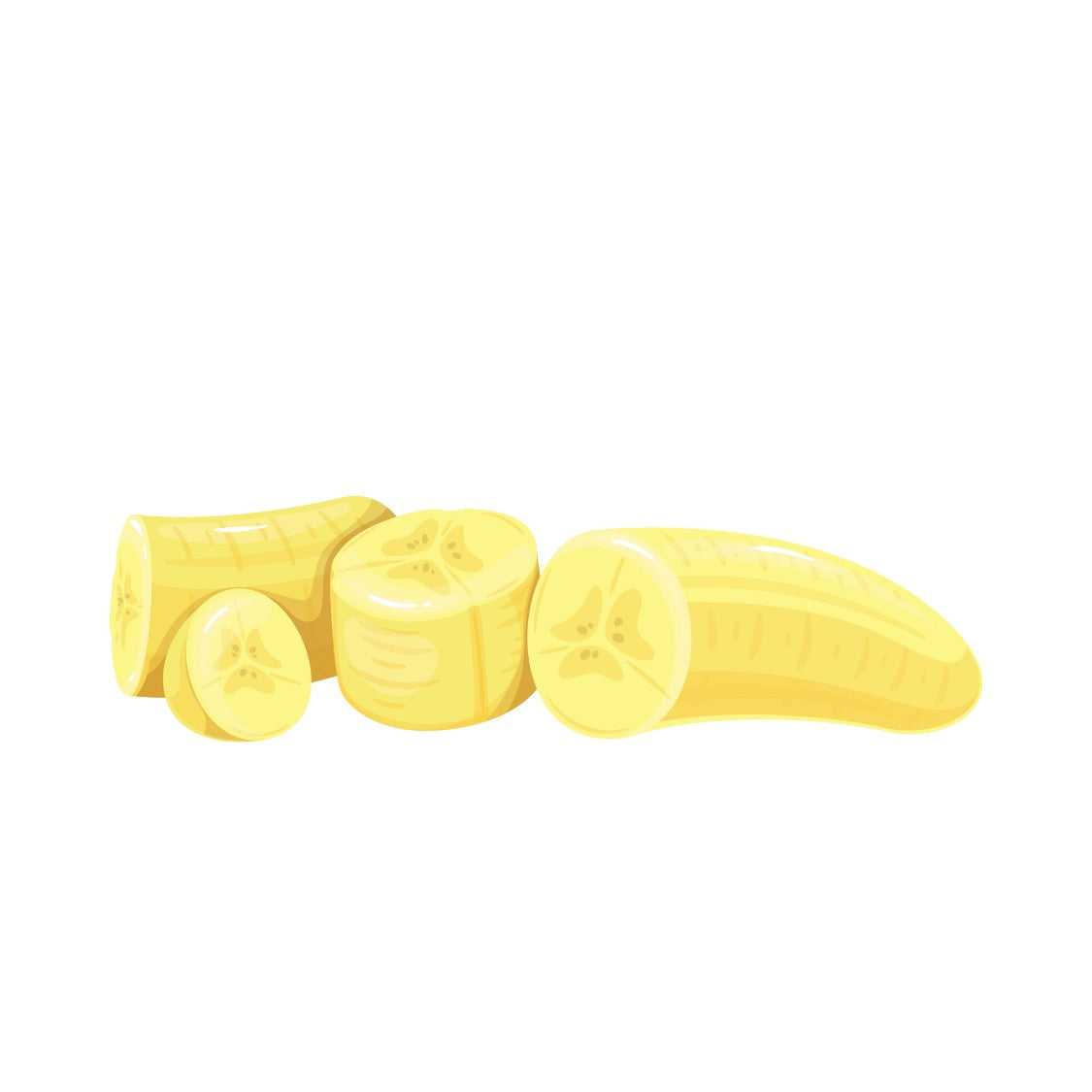
Smaller bits break down faster.
Tearing or cutting food scraps into smaller chunks makes it easier for worms and microbes to process them quickly and efficiently.
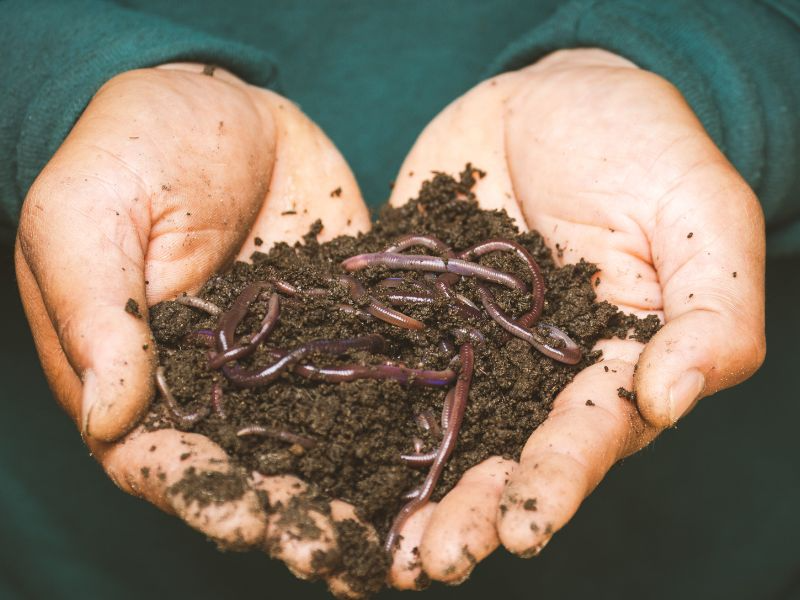

Reduce odors and pests by feeding below the surface.
Always bury food under at least 1–2 inches of bedding to keep flies away and promote even composting.
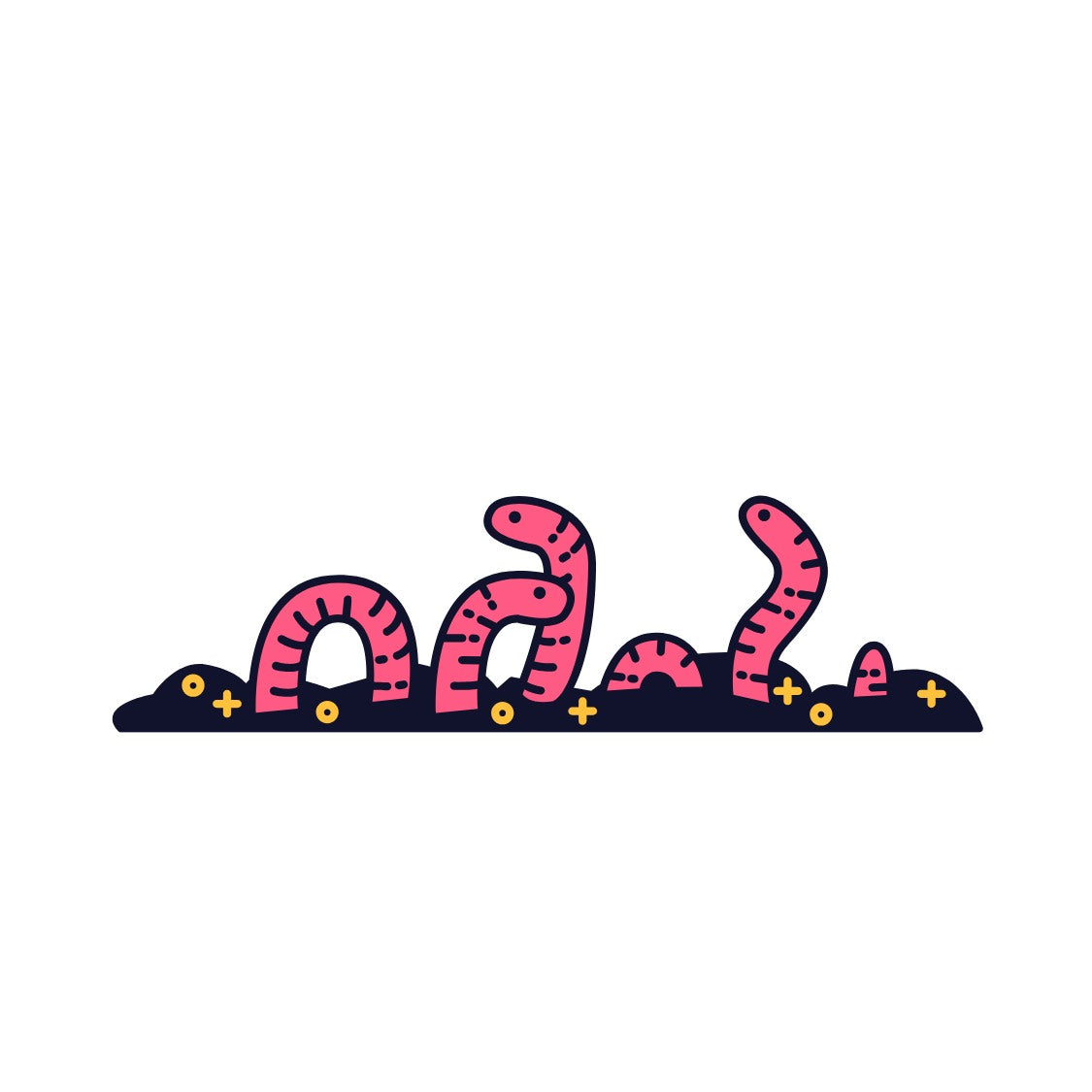
Let worms finish their current meal first.
Before adding more scraps, check if existing food is still being eaten. Freeze extras for later to avoid buildup and bad smells.

Worms prefer stable, mild temperatures.
Place the bin indoors or in a shaded area. The ideal range is 55–75°F. Avoid extreme heat or cold to keep worms safe and active.
Worm Menu
-
Worms LOVE to eat:
- Fruit Pieces & Peels (Worm favorites: Bananas, Melons, Avocados)
- Vegetable Pieces & Peels Coffee Grounds
- Tea Bags Egg Shells Shredded Newspaper
-
Worms DISLIKE (but will eat SMALL amounts of):
- Citrus pieces & peels (Ex: Oranges, Lemons, Limes)
- Spicy Foods (Ex: Jalapeños, Onions)
- Plain Bread, Pasta, Cereal, Leaves & Yard waste
-
Worms CANNOT eat:
- Meat
- Fish Dairy Products (Ex: Milk, cheese)
- Oily Foods Salty Foods Glossy/Shiny Paper

Healthy worms start with healthy bedding and smart feeding
Worms thrive in soft, well-balanced bedding made from natural materials like shredded newspaper, coconut coir, or dried leaves. Fluff it weekly to mimic their natural habitat and avoid compaction. Feed them regularly with fruit and veggie scraps—but skip meat, dairy, and oily foods. Keep the pH balanced, the moisture just right, and your composting colony will flourish!
